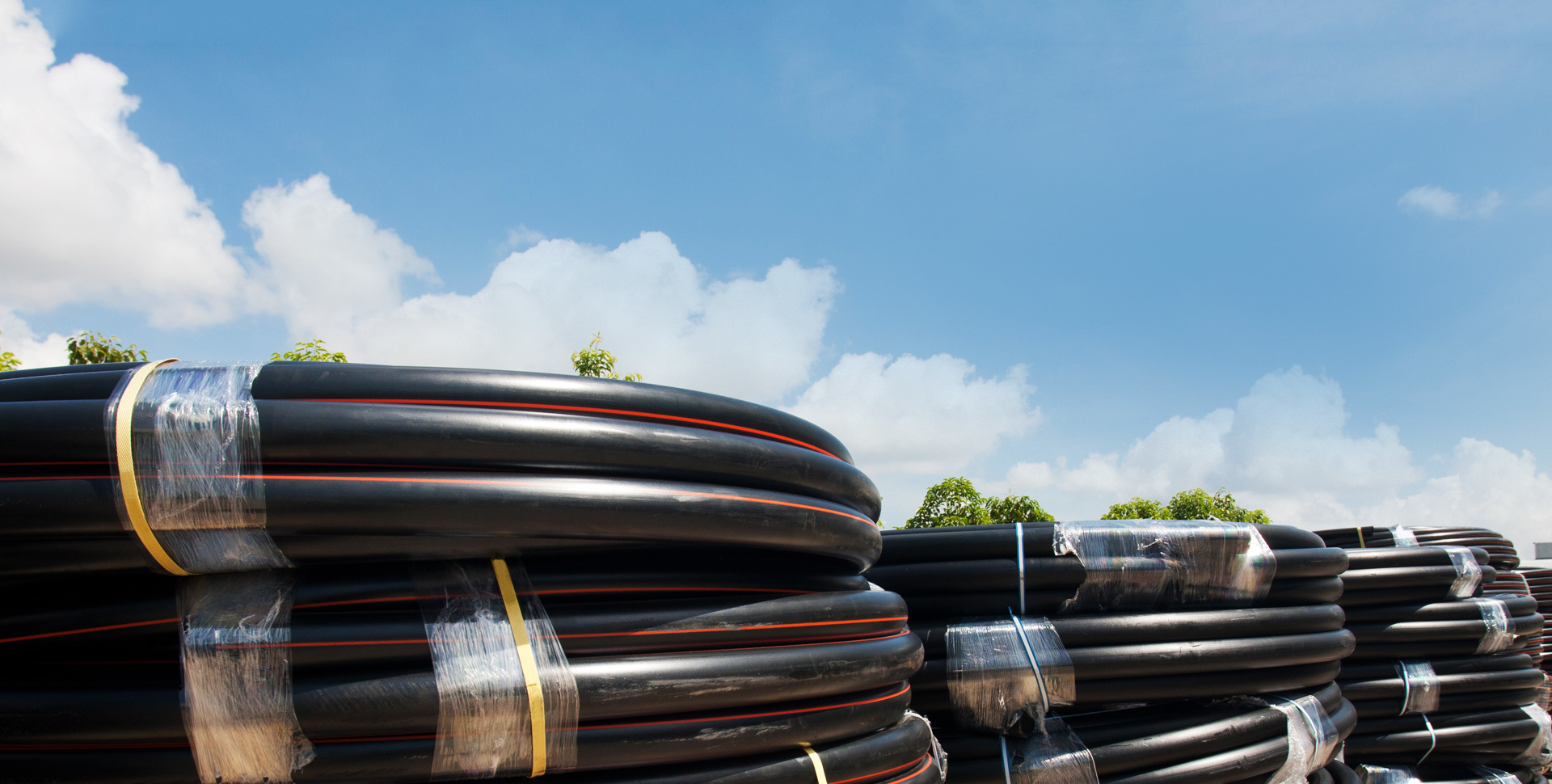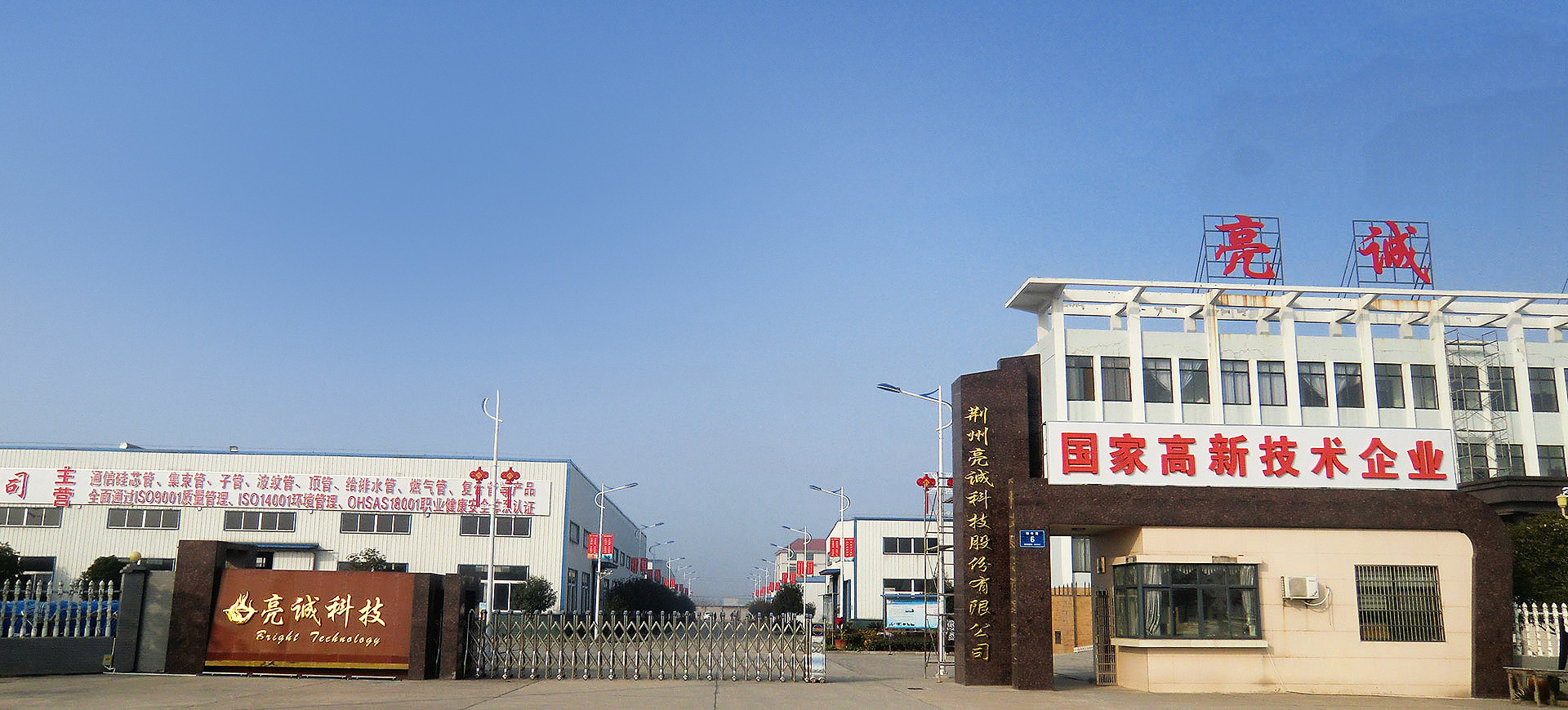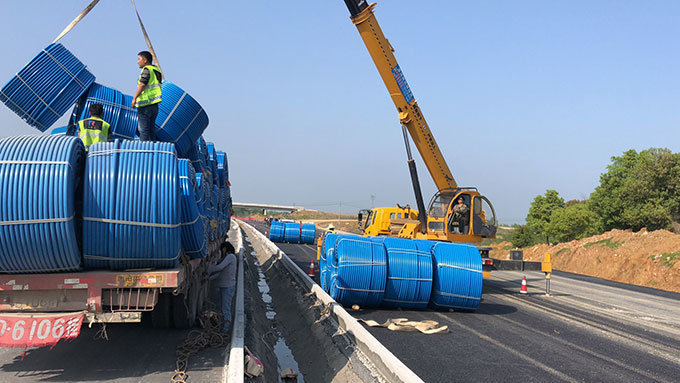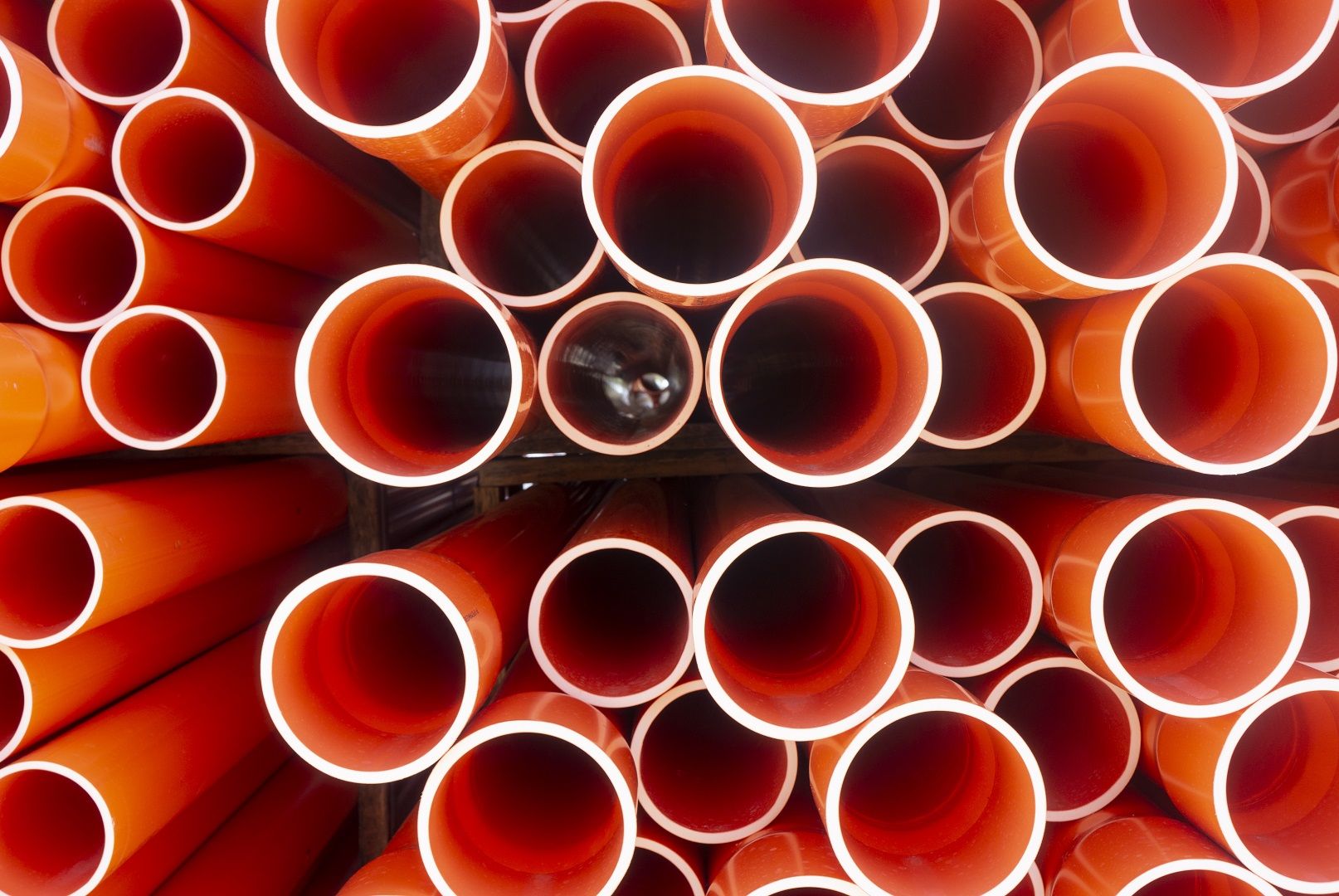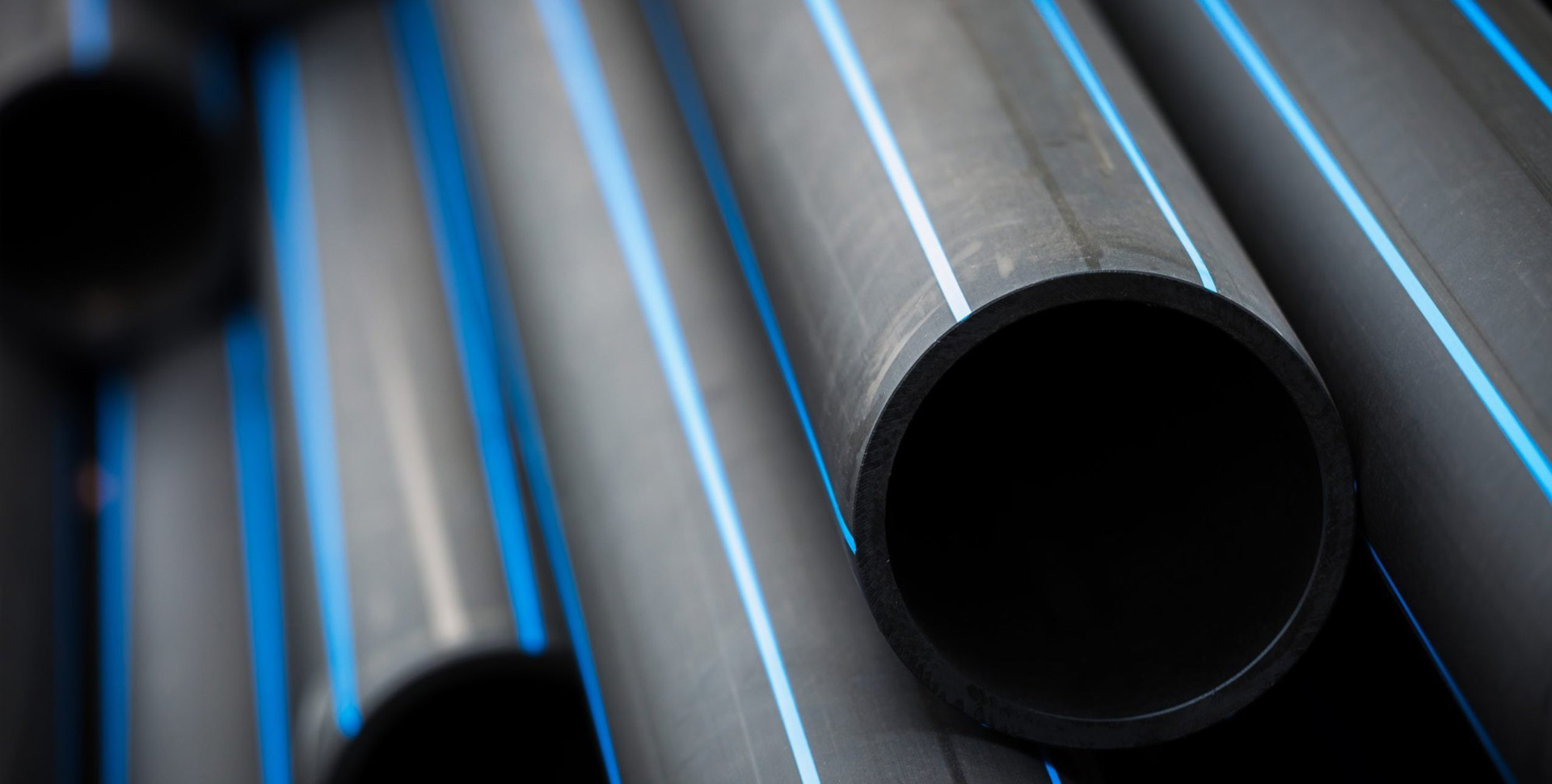The Backbone of Modern Connectivity: Unveiling the Power of Optical Fiber Cluster Tubes
Sep 16,2024
The Backbone of Modern Connectivity: Unveiling the Power of Optical Fiber Cluster Tubes
In the realm of telecommunications, **optical fiber cluster tubes** play a pivotal role that often goes unnoticed. These intricate structures serve as the foundation for modern connectivity, enabling the high-speed data transmission that powers our everyday lives. From internet streaming to cloud computing, understanding the functionality and significance of optical fiber cluster tubes is essential. In this article, we will delve deep into their design, applications, benefits, and the future of connectivity.
Table of Contents
1. Introduction to Optical Fiber Cluster Tubes
2. What Are Optical Fiber Cluster Tubes?
3. Design and Construction of Optical Fiber Cluster Tubes
4. Applications of Optical Fiber Cluster Tubes
5. Advantages of Using Optical Fiber Cluster Tubes
6. Challenges in Design and Usage of Optical Fiber Cluster Tubes
7. Future Trends in Optical Fiber Technology
8. Conclusion
9. FAQs
Introduction to Optical Fiber Cluster Tubes
As our world becomes increasingly digital, the demand for high-speed, reliable internet connectivity has surged. At the heart of this connectivity lies **optical fiber technology**, which utilizes light to transmit data at unprecedented speeds. **Optical fiber cluster tubes**, a specialized component of this technology, are designed to house and protect multiple optical fibers, ensuring efficient performance and durability. By creating a robust ecosystem for fiber optics, these tubes facilitate seamless communication across vast networks.
What Are Optical Fiber Cluster Tubes?
Optical fiber cluster tubes are protective casings that encase multiple optical fibers, enabling better organization and management of fiber optic networks. These tubes can vary in size and configuration depending on the application. Typically composed of materials such as **polyethylene or PVC**, they offer flexibility, durability, and resistance to environmental factors. The primary function of these tubes is to minimize signal loss and protect the fibers from physical damage and external influences.
Components of Optical Fiber Cluster Tubes
The design of optical fiber cluster tubes includes several key components:
- **Optical Fibers**: The core of the system, which transmits data as light.
- **Buffer Coating**: Protects the fibers from moisture and physical stress.
- **Cladding**: Surrounds the core to enable total internal reflection of light.
- **Outer Jacket**: Provides additional protection against environmental conditions.
Design and Construction of Optical Fiber Cluster Tubes
The construction of optical fiber cluster tubes is vital for their performance and longevity. The design process takes into account various factors:
Material Selection
The choice of materials is critical. High-quality plastics are commonly used due to their strength and lightweight properties. These materials undergo rigorous testing to ensure they can withstand environmental stresses such as temperature fluctuations, moisture, and UV radiation.
Tube Configuration
The configuration of the cluster tubes can be tailored to meet specific requirements. Common configurations include:
- **Loose Tube Design**: Ideal for outdoor applications, providing extra protection against environmental factors.
- **Tight Buffered**: Suitable for indoor installations, offering a more straightforward setup.
Applications of Optical Fiber Cluster Tubes
Optical fiber cluster tubes have a wide range of applications across various industries:
Telecommunications
In telecommunications, these tubes are essential for managing and organizing the vast networks that connect users globally. They facilitate everything from phone calls to internet browsing.
Data Centers
Data centers rely heavily on optical fiber cluster tubes to maintain the integrity and speed of data transmission. These tubes help organize cables, reducing clutter and improving airflow.
Industrial Applications
In industrial settings, optical fiber cluster tubes are used for transmitting data in harsh environments. Their durability makes them suitable for manufacturing, transportation, and energy sectors.
Advantages of Using Optical Fiber Cluster Tubes
Optical fiber cluster tubes offer numerous benefits that contribute to their growing popularity:
Enhanced Data Transmission Speeds
The design of these tubes minimizes signal loss, allowing for faster data transmission. This is crucial as the demand for high-speed internet continues to grow.
Increased Reliability
With robust protection against external factors, optical fiber cluster tubes ensure a reliable connection, reducing downtime and maintenance costs.
Scalability and Flexibility
These tubes provide scalability for expanding networks. Their modular design allows for easy upgrades and expansions as demand increases.
Challenges in Design and Usage of Optical Fiber Cluster Tubes
Despite their benefits, there are challenges associated with optical fiber cluster tubes:
Installation Complexity
The installation of these systems can be complex and requires specialized knowledge and equipment, which may pose a challenge for some organizations.
Cost Considerations
While optical fiber technology offers long-term savings, the initial investment for materials and installation can be high.
Future Trends in Optical Fiber Technology
As technology evolves, so too does the field of optical fiber. Several trends are shaping the future:
Increased Demand for High-Speed Connectivity
The explosion of data consumption, driven by streaming services, cloud computing, and IoT devices, will continue to drive the demand for advanced optical fiber solutions.
Innovative Materials and Designs
Research and development efforts are focused on creating lighter, more durable materials for cluster tubes that can withstand even harsher environments.
Integration with Smart Technologies
As smart technologies become ubiquitous, the integration of optical fiber networks with these systems will become more critical, facilitating seamless communication.
Conclusion
Optical fiber cluster tubes are indispensable components of modern connectivity, providing the infrastructure necessary for high-speed data transmission. Understanding their design, applications, and benefits allows us to appreciate their crucial role in shaping our digital landscape. As we move toward a more connected future, advancements in optical fiber technology will continue to enhance the way we communicate and interact with the world around us.
FAQs
1. What are the main benefits of using optical fiber cluster tubes?
Optical fiber cluster tubes provide enhanced data transmission speeds, increased reliability, and scalability for expanding networks.
2. How do optical fiber cluster tubes protect the fibers?
They offer physical protection against environmental factors such as moisture, temperature changes, and physical stress, minimizing signal loss.
3. What industries utilize optical fiber cluster tubes?
They are widely used in telecommunications, data centers, and various industrial applications.
4. Are there any challenges associated with optical fiber cluster tubes?
Yes, challenges include installation complexity and high initial costs.
5. What is the future of optical fiber technology?
The future trends include increased demand for high-speed connectivity, innovative materials and designs, and integration with smart technologies.
Latest News

